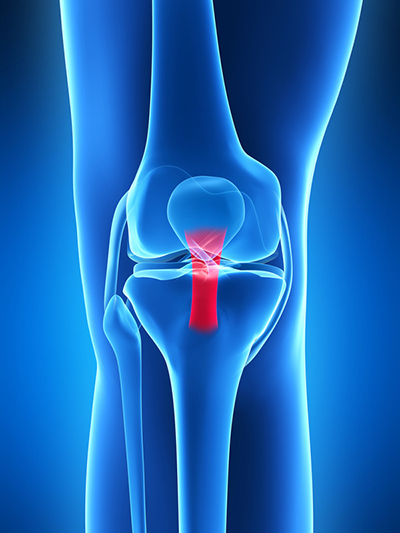Patella tendinopathy (patella tendinitis, patella tendinosis, also known as jumper’s knee) is a relatively common cause of pain in the inferior patellar region which commonly occurs in athletes who are involved in jumping sports such as basketball and gymnastics.

Patella tendinopathy and extracorporeal shockwave therapy (ESWT) has had quite a bit of scrutiny in the literature. ESWT is often said to be a valid option in cases in which conventional therapies have proven ineffective (Wang et al. 2007).
Success rates for shock wave treatment range from 73.5% to 87.5% (van Leeuwen et al, 2009, Vulpiani et al, 2007, Wang et al, 2007, Zwerver et al, 2010, Hsu et al, 2004, Peers et al, 2003).
Shockwave has also been used in patella tendinopathy secondary to harvesting of the patella tendon for ACL reconstruction.
Wang et al (2007) followed patients after shockwave for 2-3 years and showed outcomes of 43% excellent, 47% good, 10% fair and none poor for the study group, and none excellent, 50% good, 25% fair and 25% poor for the control group. Ultrasonographic examination showed a significant increase in the vascularity of the patella tendon and a trend of reduction in the patella tendon thickness after ESWT as compared to conservative treatments (Wang et al, 2007).
Zwerver et al (2010) in an important multi-centre RCT showed that shock waves obtained the same results as the application of a placebo in a population of active broad-jump athletes with patella tendinopathy. However they did find one week after final treatment, significantly more athletes in the ESWT group reported subjective improvement (65% vs 32%). This contradicts other studies, such as the one done by Wang et al. (2007), as they showed positive results with the use of ESWT. Notably in the Zwerver et al. (2010) study, the participants continued their high level of physical activity throughout the study process, while the Wang et al. (2007) group did not allow patients to perform heavy activities. This may have influenced the results.
Valupiani et al. (2007) demonstrated a significant average improvement (P<0.01) of the initial pain symptomatology (7.1±2.1) at 1 month after the end of treatment (4.23±2.4). The mean value of the VAS scale decreased further in patients in the short-term (3.32±1.9) and remained constant at medium term follow-up (3.28±2.3), reaching 1.35 (±2.1) 24 months after the last treatment.
Peers et al (2003) looked at surgically treated knees and compared them to shockwave treated knees. None of the patients included had shown improvement after previous conservative treatment. They reported ESWT gave a comparable functional outcome in patients to those who had patella tenotomy/resection, but the shockwave group had significantly less time off work.
Interestingly, in 2009 in a review of the effects of shockwave on patella tendinopathy Zwerver was the second author (Van Leeuwen, Zwerver, Van Den Akker-Scheek. 2009) to conclude “ESWT seems to be a safe and promising treatment for patella tendinopathy with a positive effect on pain and function.”
It appears overall that ESWT is effective in the management of patients with chronic patella tendinopathy.
The most popular method for treating patella tendinopathy is to use medium energy at moderate frequency.
Settings: Anywhere from 2.0 bar or 90mj (Taunton et al. 2003 used 0.17mj/mm2) up to 3.0 bar or 120mj. Normally 10hz for 2000 shocks.
Frequency: Repeated every 7-10 days. 3-5 sessions seems to be most common.